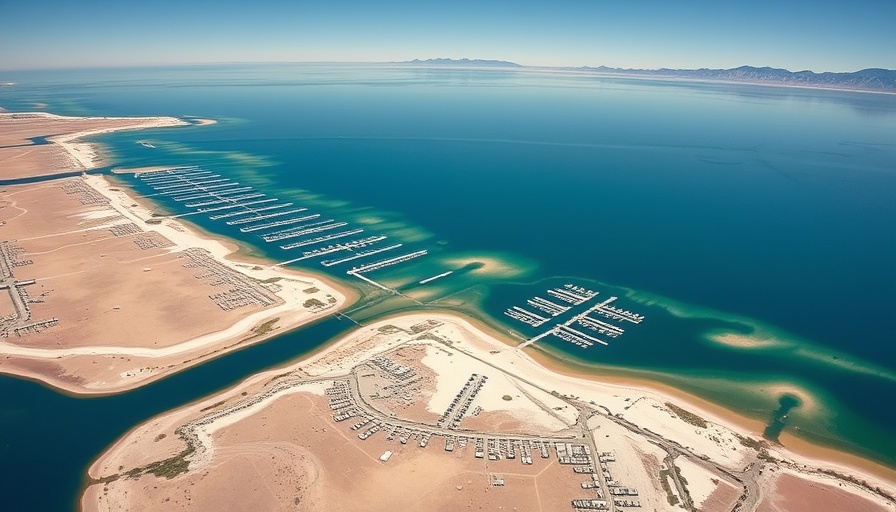
Salt Lake's Woes: An Overview
The Great Salt Lake, a vital body of water for Utah's ecosystem, has reached alarming low levels, raising concerns among scientists and environmentalists alike. Currently, water levels sit at their lowest in nearly 170 years, posing significant risks to wildlife and air quality. Yet, amid these challenges, experts like Dr. John H. Martin remain hopeful, seeing a potential "silver lining" in the current situation.
Bright Spots in the Midst of Drought
As disastrous as this drought looks, there is a push for positive action. Experts believe that the heightened awareness surrounding the lake's condition might lead to more aggressive conservation efforts. Dr. Martin highlights that this situation encourages discussions about water management and brings attention to grassroots initiatives focused on environmental solutions.
Community Impact and Action
Local communities are beginning to harness this moment to advocate for sustainable practices. Initiatives such as beach clean-ups and local forums aim to educate citizens about water usage and conservation. Residents are reminded that every drop counts, and their individual choices can collectively bring change.
A Call to Action
The Great Salt Lake's plight is more than just a local issue; it’s a wake-up call for all of us. By supporting local conservation groups, attending community meetings, and spreading awareness, we can collectively work towards a sustainable future for the lake and the many benefits it provides us.
 Add Row
Add Row  Add
Add 




Write A Comment